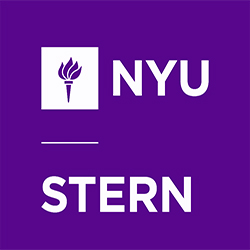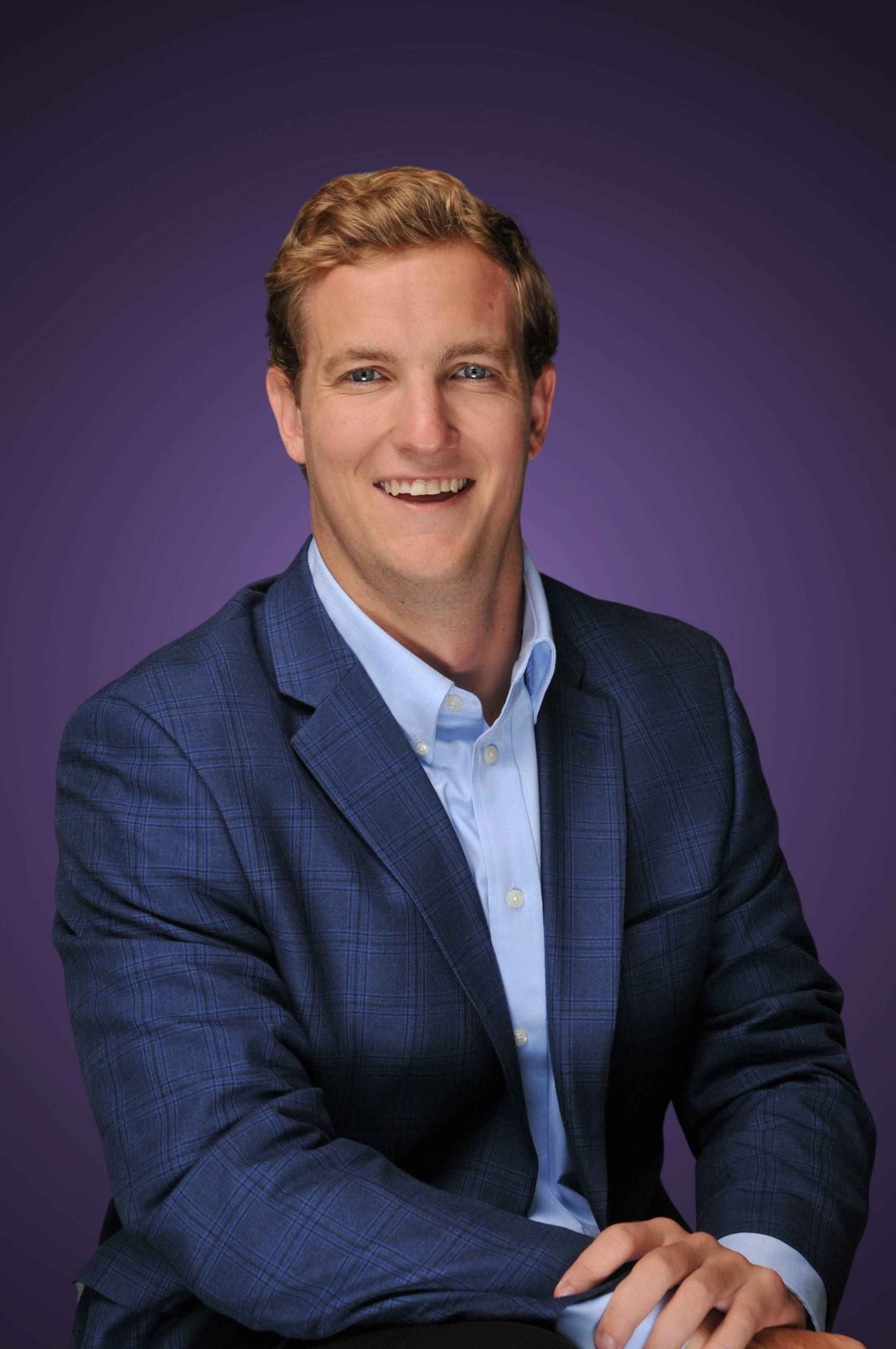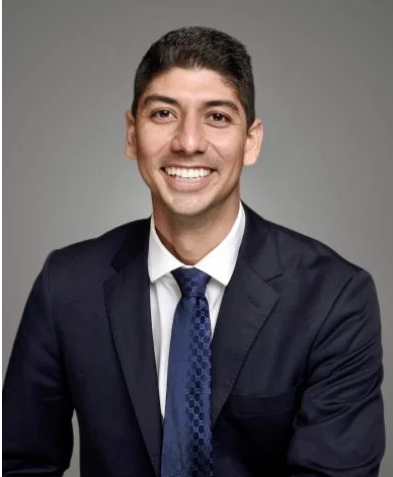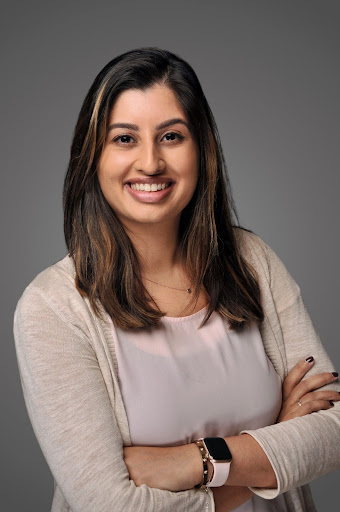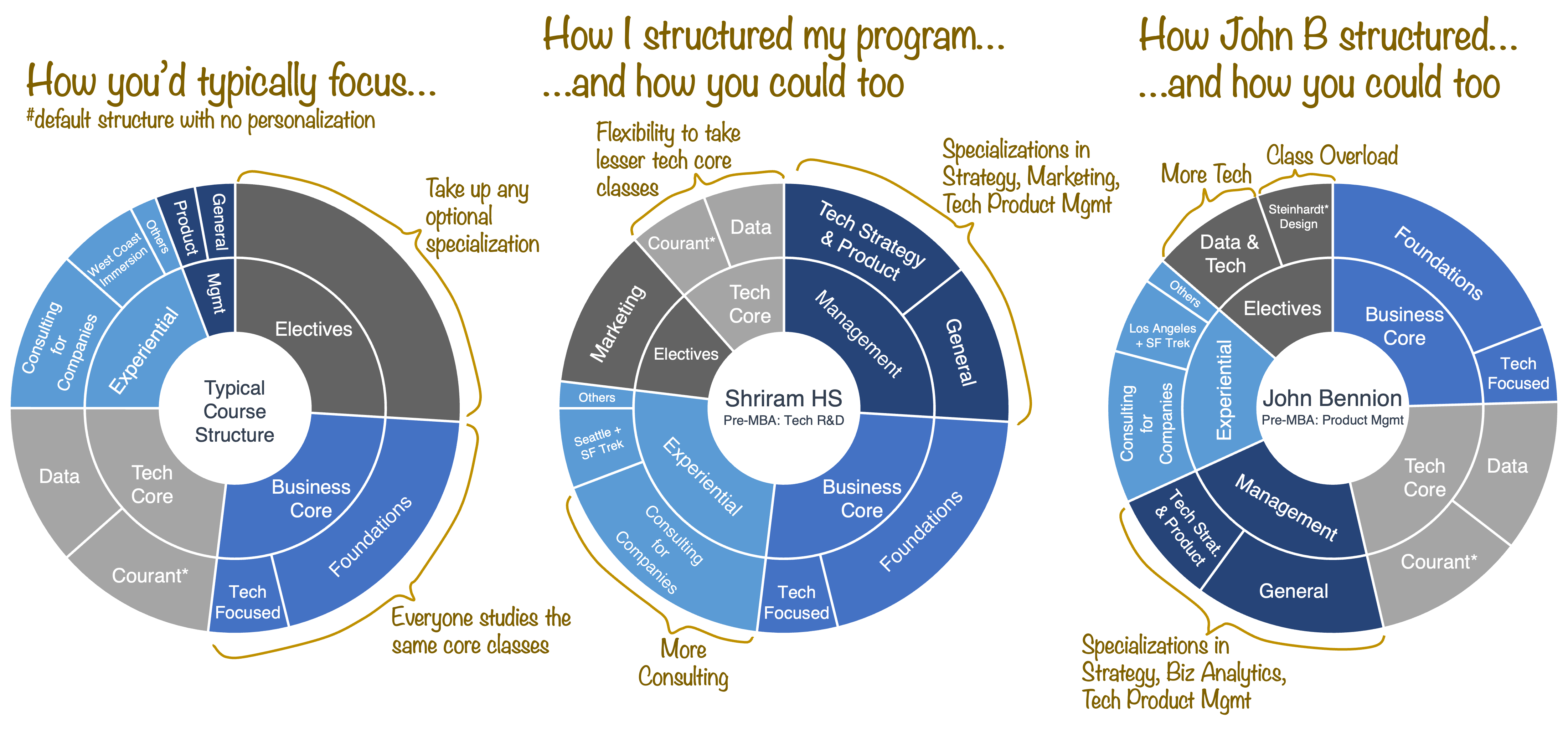 Barak is a current Tech MBA student, specializing in Tech Product Management, Leadership, and Change Management. Before Stern, Barak led a team of Product Managers at a FinTech firm in Tel Aviv, Israel where he helped the top financial institutions around the world to provide custom financial insights to their customers. At Stern, he is involved in the FinTech Club as the VP of Alumni Relationships and enjoys organizing pickup basketball games and swimming activities with his classmates.
Barak is a current Tech MBA student, specializing in Tech Product Management, Leadership, and Change Management. Before Stern, Barak led a team of Product Managers at a FinTech firm in Tel Aviv, Israel where he helped the top financial institutions around the world to provide custom financial insights to their customers. At Stern, he is involved in the FinTech Club as the VP of Alumni Relationships and enjoys organizing pickup basketball games and swimming activities with his classmates.
As a new student in NYU Stern’s Tech MBA program, I recently relocated from Israel to New York in May, accompanied by my wife, our 2-year-old son, and our beloved dog. As I approach the end of my summer semester, I find myself eager to share valuable insights and tips that I’ve gathered throughout this semester. The goal of this post is to help future students and prospects make the most out of their time in the program.
A One-Year Tech-Focused MBA Program
The NYU Tech MBA program is exciting and innovative, lasting from May to May. In just half the time of a traditional two-year program, we achieve a full MBA degree through a unique approach. During the summer semester, we complete the core courses of the first year of the general MBA and seamlessly transition to the second year in the fall.
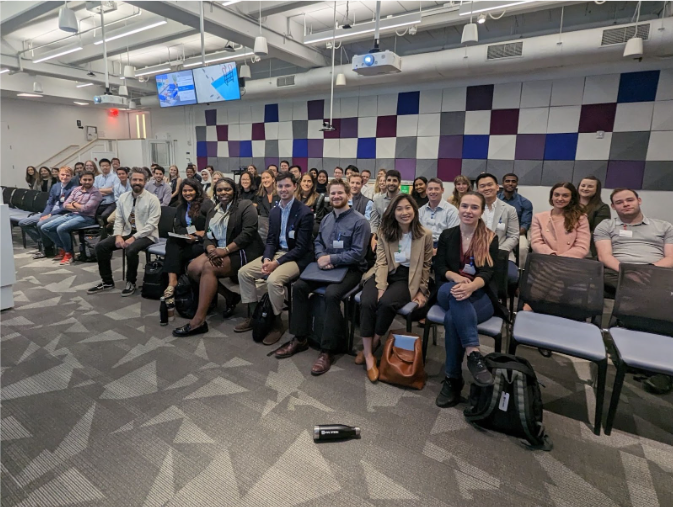
The Summer Semester: A Sprint to Success
The summer semester is divided into three intensive sprints, each lasting four weeks. Picture this: Monday to Friday, from 9 AM to 4:30 PM (with a refreshing lunch break from 12:00 PM to 1:30 PM), dedicated to immersive learning experiences. With 3-4 courses per sprint, we efficiently cover an expansive range of crucial business concepts, successfully completing the 11 core courses within a single semester.
Tailored courses for Tech leaders
As someone who thrives in high-pressure environments, this program has impressed me thoroughly so far. The opportunity to immerse ourselves in numerous fascinating courses in one semester, while also mastering the foundational principles of each subject, is simply extraordinary. The university’s creation of dedicated courses tailored for tech-enthusiastic business leaders ensures we receive precisely what we need. Additionally, the incorporation of pre-work, in-class practices, and post-class assignments and quizzes enriches our learning experience.
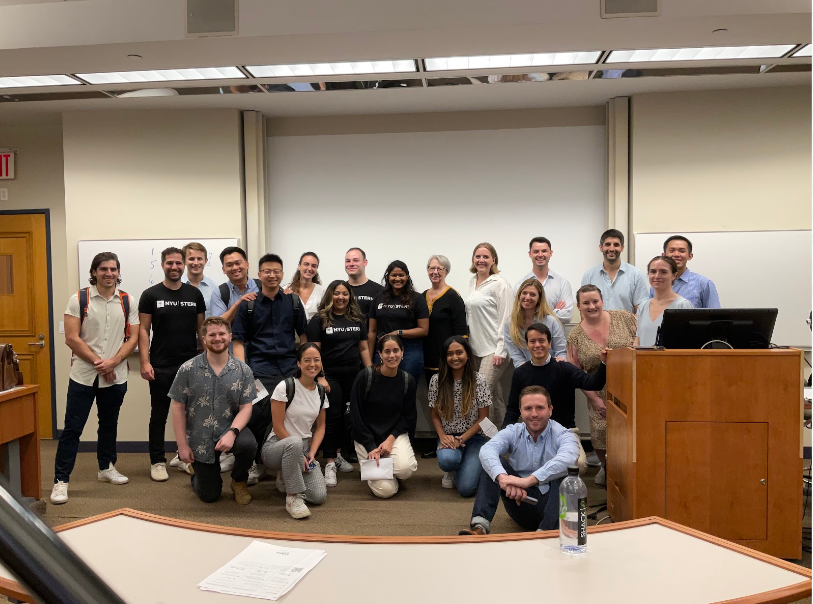
A Cohort of Family
The people in this program are its greatest asset. With an intimate group of approximately 50 students in the Tech MBA and 25 students in Fashion and Luxury, the quiet summer campus provides the ideal setting for us to come together and form strong bonds. Collaborating on group projects and rotating through different groups for each class allows us to truly know our classmates on a personal level. We don’t just feel like classmates; we’ve become one big family.
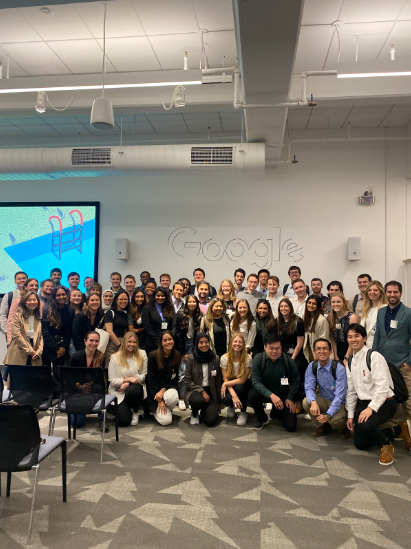
A short pencil is better than a long memory
The summer semester can be intense and overwhelming with multiple deadlines, but it’s manageable with the right tools. Stay on top of your game by utilizing effective tools like calendars, to-do lists, and time-blocking techniques. These organizational aids will keep you on track and ensure you never miss a deadline.
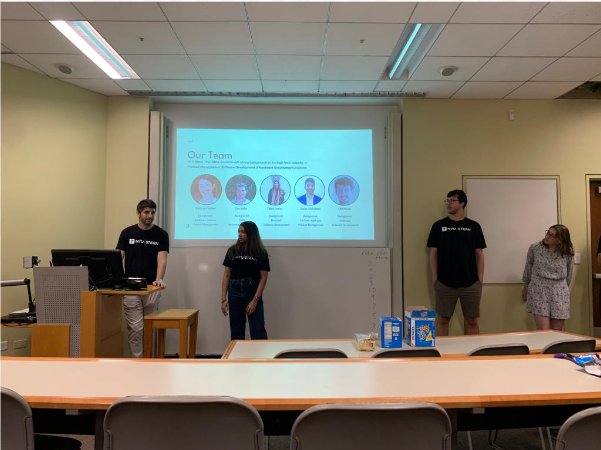
Prioritize one task at a time
Concentrate on the present importance and avoid getting overwhelmed with future concerns. Trying to handle everything simultaneously leads to accomplishing nothing. Identify high-priority tasks and tackle them first, maintaining control over essential assignments and preventing last-minute rushes.
Embrace the academic opportunities
Take full advantage of the academic opportunities that the program offers. With captivating classes, experienced industry-proficient professors, and motivated teaching fellows, make the most of these opportunities to learn from some of the best educators in the world.
Engage in Active Learning
Take an active role in class discussions, team projects, and case studies, as this will not only enhance your understanding but also enlighten your classmates. The class comprises a diverse group of individuals from various backgrounds, and the beauty lies in how we enrich one another’s learning journey through shared experiences.
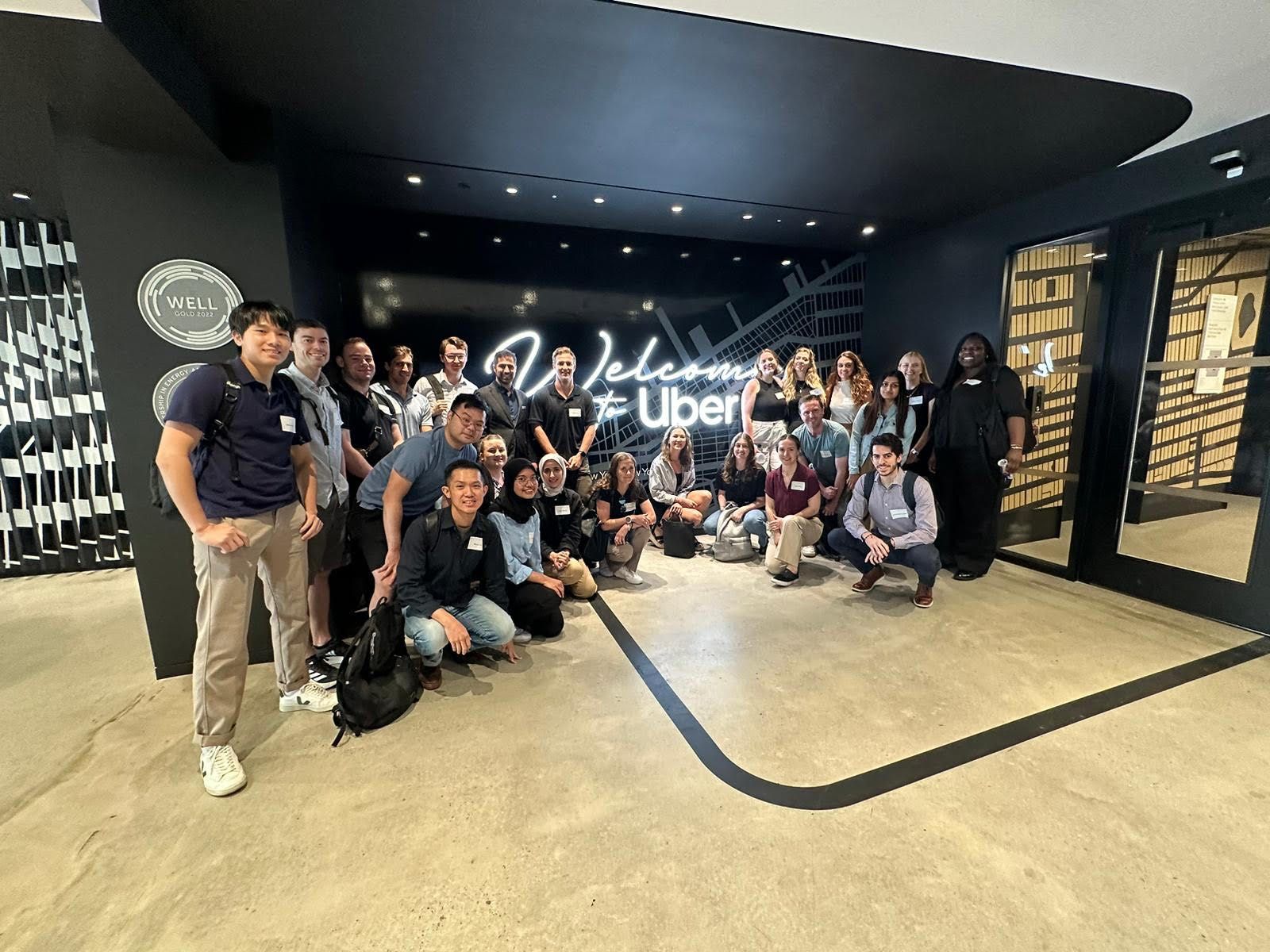
Avoid lagging in the material
As classes build upon previous concepts, make it a priority to keep up, and don’t hesitate to seek assistance if needed. Like a snowball effect, staying ahead ensures a smooth progression without overwhelming yourself
Your friends are your best resource
This is always true, but particularly during learning sessions. Embrace the diversity within your cohort to leverage each other’s prior experiences and enhance your understanding of the material. Never hesitate to seek assistance when needed, as everyone is eager to support one another. It’s also a wonderful chance to deepen your connections and get to know each other better.
Multiple Support Options are available
Bear in mind that you have access to various forms of assistance to aid you along the way. If you require help, don’t hesitate to contact the faculty for support. The university offers a range of resources, such as extra office hours with professors or teaching fellows, additional practice sessions, and personalized accommodations, all designed to ensure your academic success.
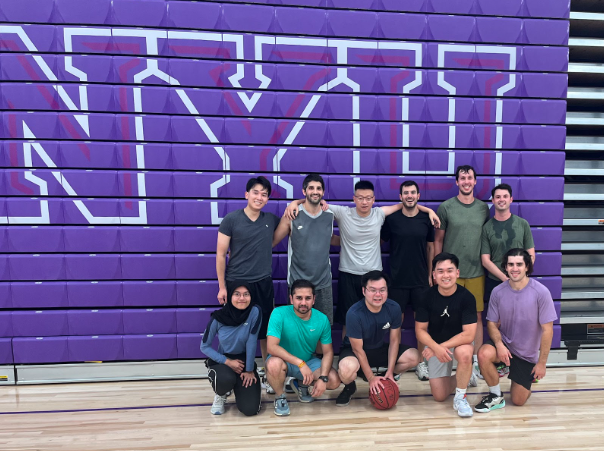
If you only get A’s, it means that you’re doing something wrong
This is the thought-provoking statement that one of our professors began his lecture with. While academic excellence is important, a fulfilling graduate degree encompasses more. Invest time in networking, coffee chats, socializing, sports, and other activities that contribute to your overall growth and enriching experience.
Enjoy!
This year is too short to do anything other than enjoy the opportunity to live in one of the best cities in the world and embrace every aspect and moment of it!
